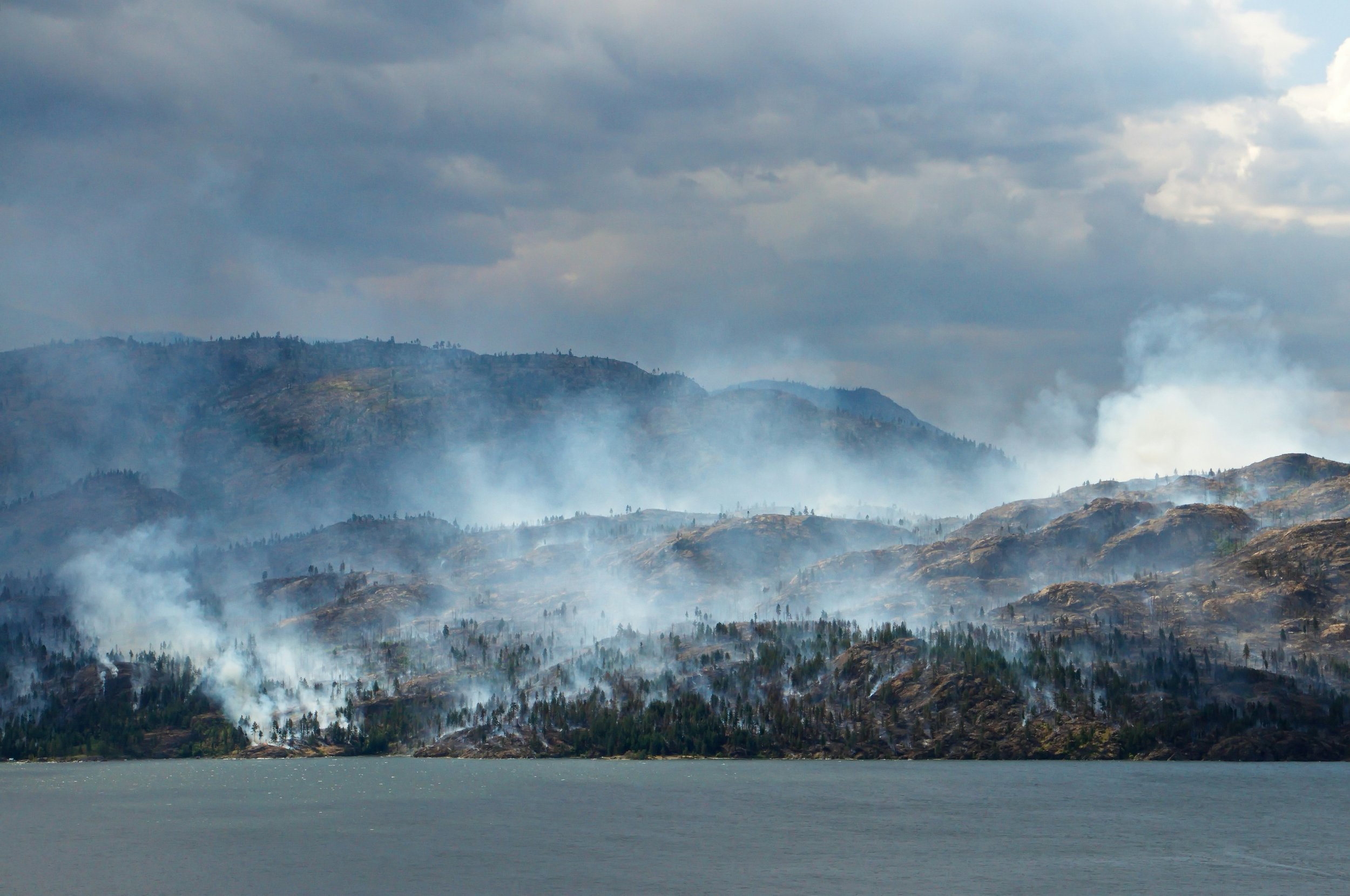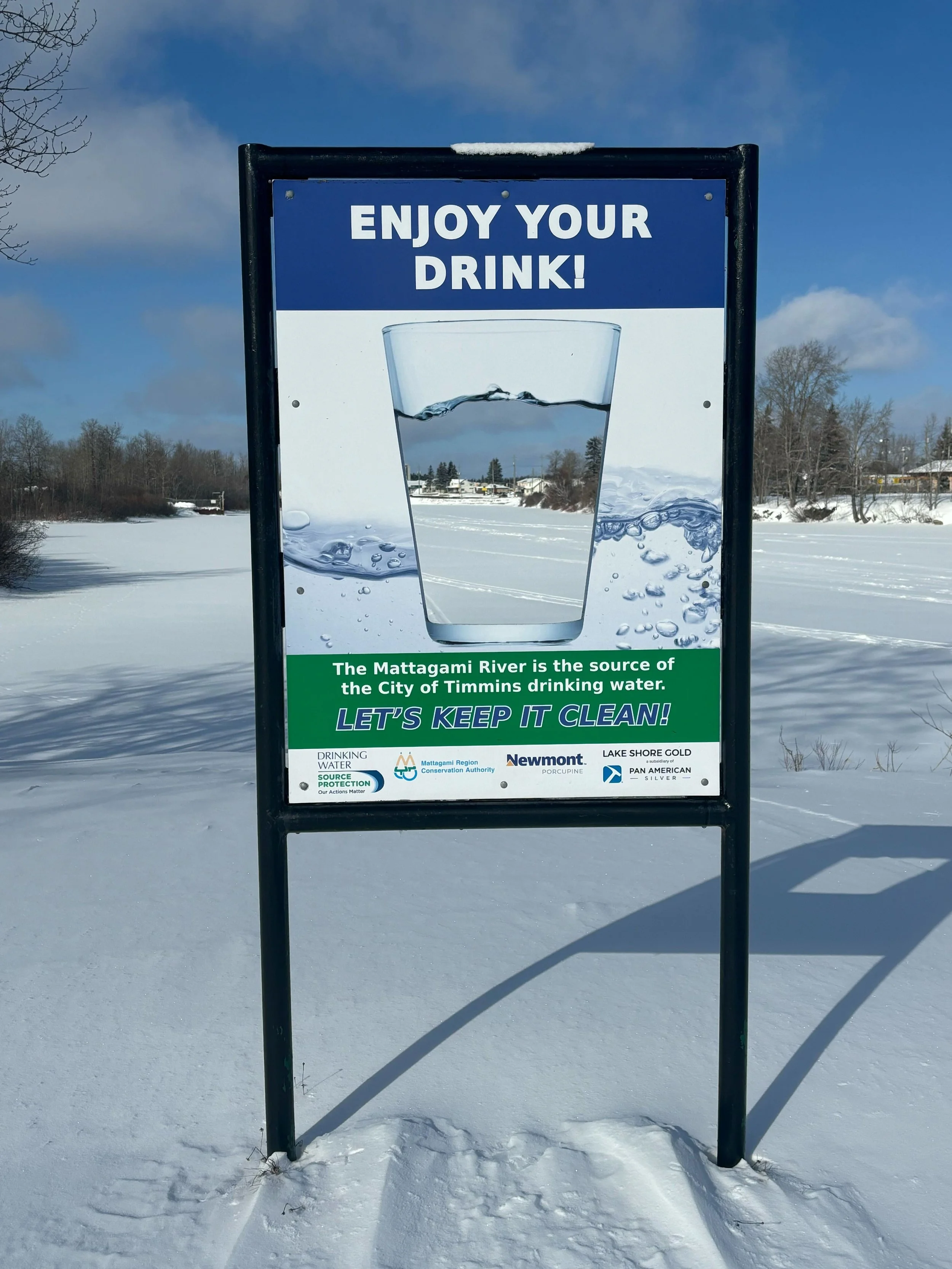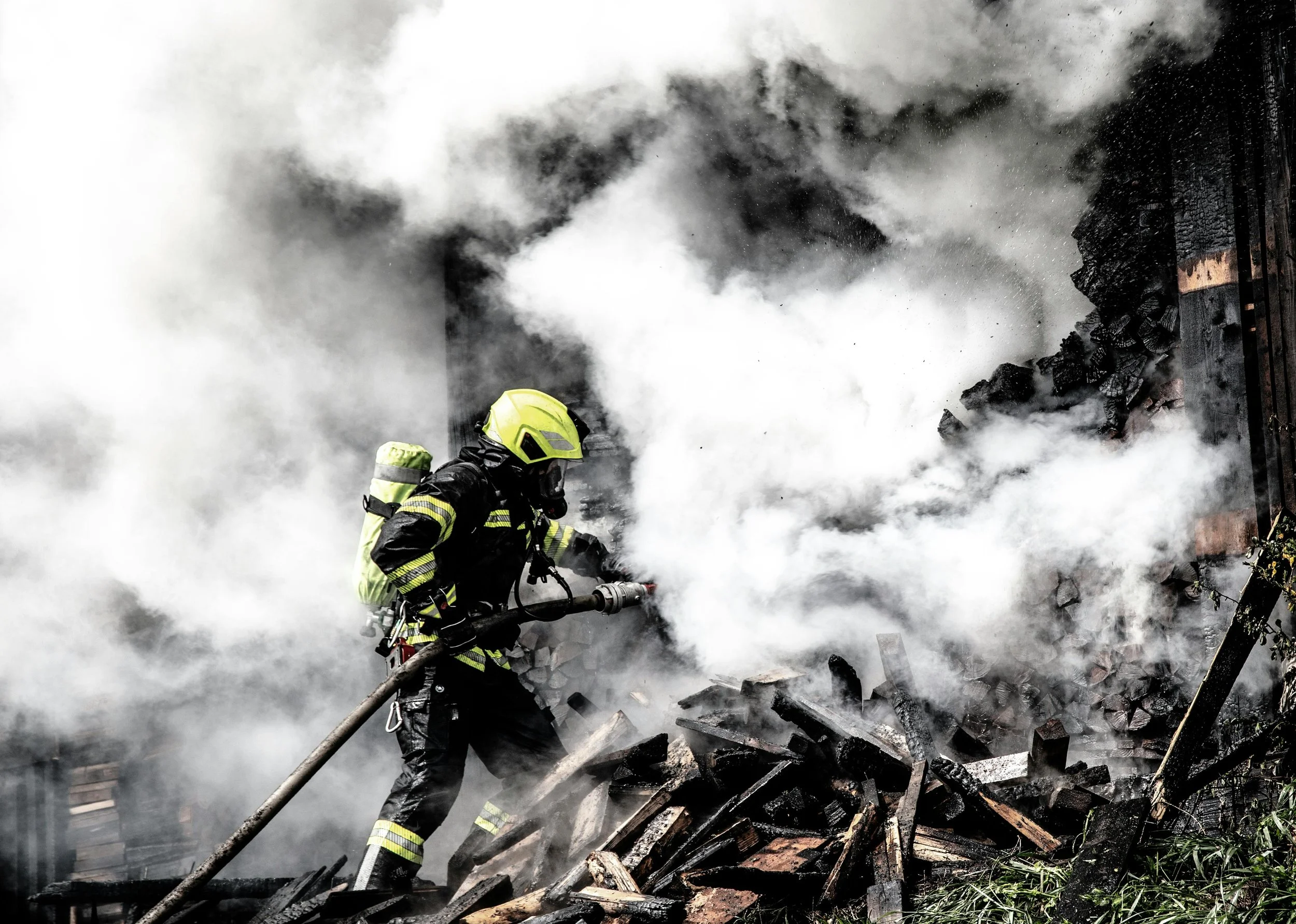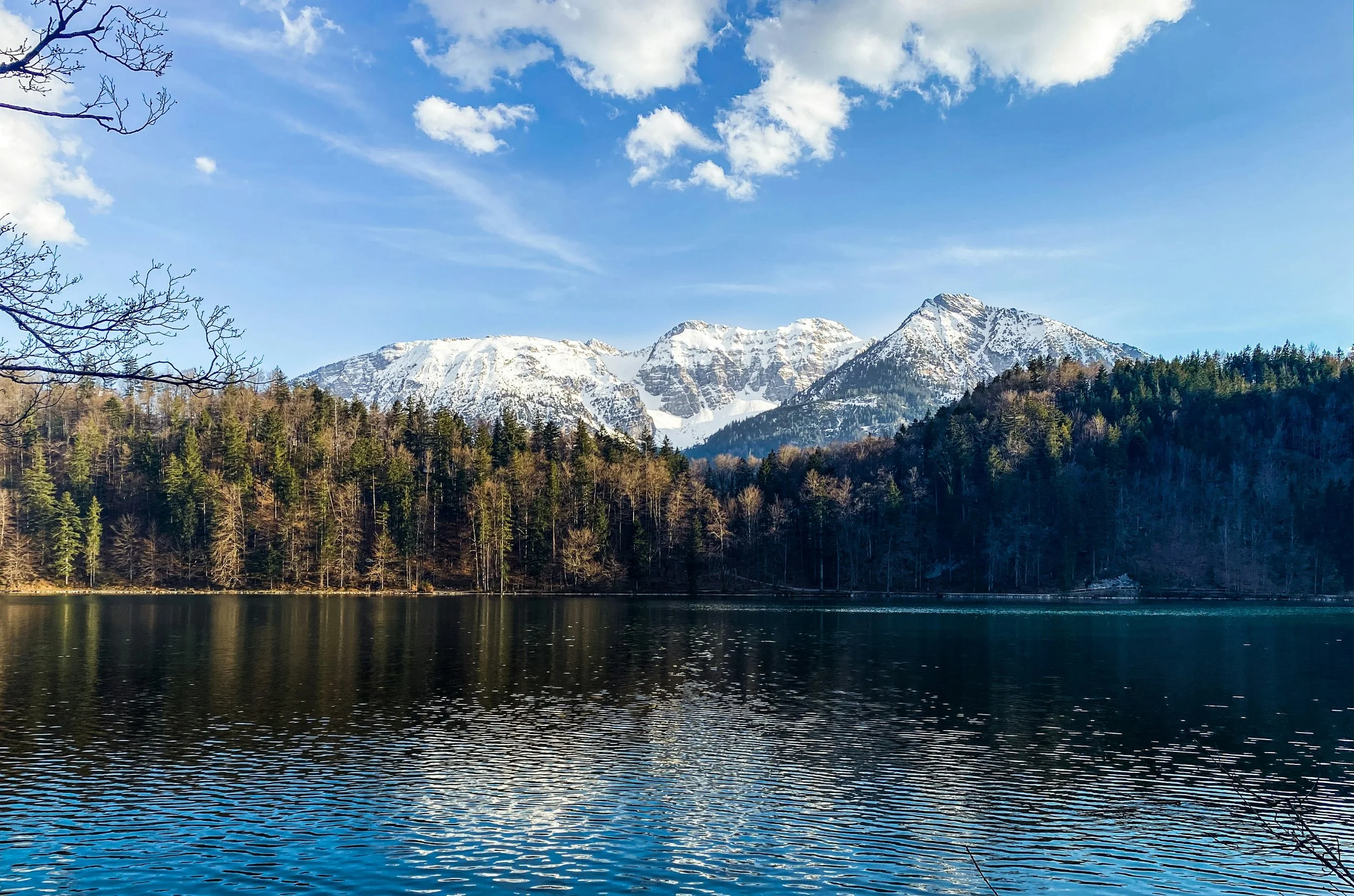How do Wildfires Impact Drinking Water?
Photo by kerry rawlinson on Unsplash
Climate Change, LA, Wildfires
The recent wildfires in Los Angeles have captured headlines with dramatic imagery and stories of widespread destruction. The fires that began in early January 2025 have killed 29 people, destroyed more than 16,000 structures, exposed millions to toxic smoke, and, according to a recent study, a direct outcome of human-caused climate change. Similarly, 2023 marked the most severe wildfire season in Canadian history, resulting in widespread devastation.
While the visible scars of wildfires include scorched landscapes and displaced communities, there are some consequences that go unnoticed—especially when it comes to water quality. Wildfires can degrade water quality by affecting both source water; the lakes, rivers, streams, reservoirs, springs and groundwater that provide public drinking water, and water delivery systems; the open and closed systems used to move potable and non-potable water.
We’ve written about the impacts of forest fires on water quality in the past, however, with fires becoming more frequent and intense worldwide, it’s important to revisit this issue. Scientists are now warning that it’s a matter of when, rather than if, communities that draw their water from forested areas will see their water quality affected by fires.
Four surprising ways wildfires affect drinkable water?
City of Timmins Drinking Water Sign
1. Wildfires remove natural filters for our waterways
Trees and plants stabilize soil, preventing erosion and filtering contaminants before they reach water bodies. When wildfires strip the land of vegetation, rainwater carries ash, sediment and pollutants into rivers and lakes that would otherwise be filtered by the natural systems. The resulting changes in water chemistry and increased sediment load can make drinking water treatment more difficult and expensive.
2. Wildfires release nutrients and can cause harmful algal blooms
When wildfires burn across a landscape, they remove vegetation and expose soil. Both the burnt vegetation and exposed soil release nutrients such as phosphorus, nitrogen, and potassium into waterways, which can trigger algal blooms. These blooms consume oxygen in the water, and can create dead zones where other vegetation and fish cannot survive. Often the blooms peak several months after the original fire. Massive amounts of decaying algae can also promote the growth of bacteria which can be deadly to fish and shore birds as well as posing health risks to humans and pets if the water is ingested. Additionally, some types of algae blooms can release toxins into the surrounding waters, which are extremely difficult to filter out.
3. Wildfires can release heavy metals and chemicals
As plants and structures burn, they release metals like iron and manganese into the environment. When rain falls on scorched land, these metals can wash into waterbodies, contaminating drinking water supplies. Fires that consume urban areas introduce additional pollutants, including toxic chemicals from burned homes, vehicles, and infrastructure. These impacts can remain relevant years after a wildfire.
Photo by Francesco Sommacal on Pexels
4. Tools used to fight wildfires can introduce pollutants to the environment
Firefighting efforts can also contribute to water contamination. Foams used in fighting wildfires sometimes contain substances like per- and polyfluoroalkyl substances (PFAS) and heavy metals. PFAS are known as “forever chemicals” because they persist in the environment and accumulate in water sources long after they are initially applied. While the impact and prevalence of these chemicals are still being studied, concerns about their impact led to a recent decision by the U.S. Environmental Protection Agency to implement the first-ever nationwide, legally enforceable drinking water standards to protect communities from six PFAS chemicals in their drinking water.
5. Damage to water infrastructure
The high temperatures from fires can melt plastic water pipes above and below ground, releasing benzene and other harmful chemicals directly into the water supply impacting water storage systems, treatment plants, and distribution systems. In California's 2018 fires, benzene levels became so high that it was unsafe to shower using municipal water. Additionally, increased demand for water in firefighting efforts lowers water pressure in the distribution system, making the system more vulnerable to contamination in the event of a line breakage. In the aftermath of a fire, repairing these lines and restoring clean water access can take time.
In addition, ash, soil, and debris from vegetation that enter waterways during a wildfire increase the levels of carbon in the water. This carbon can react with chlorine in water treatment plants to create disinfection byproducts, a class of chemicals known to be harmful to human health. While filtration of debris before being treated can reduce these risks, removing them is costly, and experts warn that when local water treatment authorities are unprepared or undertrained, they can often add chlorine prior to removing the increased carbon from fires. Additionally, these changes in carbon levels can persist for decades.
How can I help?
Wildfires are no longer a seasonal event; they are a persistent and growing challenge. As droughts persist and temperatures rise, drinking water shortages and wildfire-induced contamination become increasingly pressing concerns. Climate change exacerbates the overall impacts that communities will face, creating hotter, drier conditions that fuel more intense wildfires.
Their impact on water quality highlights the interconnected nature of environmental crises. By taking preventive measures and advocating for strong water monitoring systems, we can help protect our drinking water, aquatic life, and the places we love to swim, fish, and explore.
Photo by Daniel Angele on Unsplash
1. Prevent Wildfires
As an individual, you can help prevent wildfires by:
Properly disposing of cigarettes, matches, and other smoking materials.
Avoiding smoking in forests and parks, especially during dry conditions or fire bans.
Refraining from lighting bonfires during dry seasons or when restrictions are in place.
Never leaving fires unattended and keeping water or fire retardants on hand.
Reporting unattended or out-of-control fires immediately by calling 911.
2. Support local water monitoring efforts
As a community, monitoring water quality after fires is essential to understanding the long-term effects on drinking water and ecosystems. Monitoring before, during and after any major event is key to understanding the impacts of fires on our water resources. Investing in caring for our water systems is important at all times- not just during a crisis. Having well established monitoring systems helps provide support to water monitoring efforts in times of need.
3. Raise awareness
The impact of wildfires on local water systems is often overlooked in the chaos and devastation that is left in their wake. By educating yourself and others about the long lasting impacts of these disasters in the immediate aftermath and several years down the line you are contributing to a community of concerned residents that have the power to enact change.
Community members often forget the power of collective and individual lobbying of elected representatives. Write to your MP, MPP, or city councillor and ask what they are doing to prepare for the increasing fire risk to water quality. Community members should listen to local warnings and advice, but remain critical and ask questions regarding water safety, in general, and especially following a fire. To see an example of how we’ve contacted councillors, see our letter requesting real-time CSO monitoring.
With the threat of wildfires looming and predicted to grow in the future, it is easy to become overwhelmed. The growing threat of wildfires calls for increased vigilance and the use of creative solutions to protect our water resources.
To learn more about wildfires in Canada, how to protect yourself and support, visit https://www.canada.ca/en/public-safety-canada/campaigns/wildfires.html
